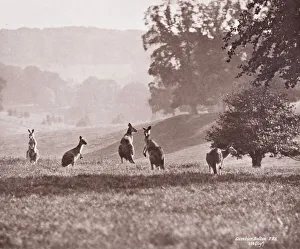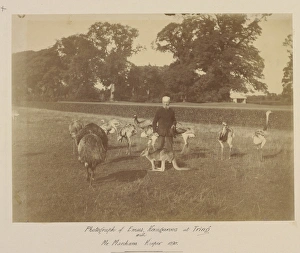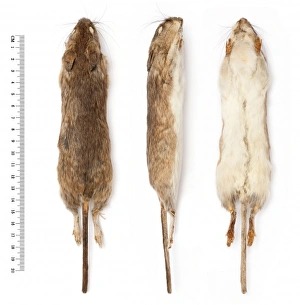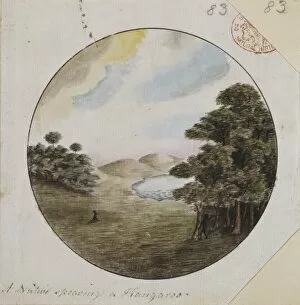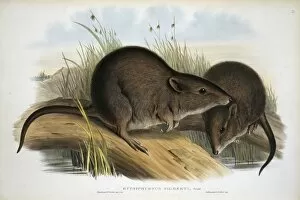Macropodinae Collection
"Unveiling the Fascinating World of Macropodinae: A Diverse Family of Kangaroos" In this captivating image captured by Gambier Bolton
All Professionally Made to Order for Quick Shipping
"Unveiling the Fascinating World of Macropodinae: A Diverse Family of Kangaroos" In this captivating image captured by Gambier Bolton, we witness a mesmerizing sight - a group of kangaroos belonging to the Macropodinae family. These incredible creatures are known for their unique characteristics and intriguing behaviors. Tring Park becomes an enchanting stage as emus, rheas, and kangaroos coexist harmoniously. This snapshot showcases the diverse wildlife that thrives in this beautiful sanctuary. Delving deeper into this extraordinary family, we encounter Caloprymnus campestris, also known as the Desert rat-kangaroo. Its ability to adapt to arid environments is truly remarkable, making it a true survivor in harsh conditions. Macropus sp. , another member of the Macropodinae family, demonstrates its agility and gracefulness. With boundless energy and powerful hind legs, these kangaroos effortlessly traverse their natural habitat. Among them stands Macropus laniger - the great red kangaroo. Majestic and imposing in stature, it symbolizes strength and resilience within its species. The diversity within just one genus is awe-inspiring. Perameles nasuta adds charm with its long-nosed bandicoot appearance. This small marsupial scurries through dense undergrowth with precision while contributing to Australia's rich biodiversity. Wallabia bicolor emerges from swampy landscapes as an embodiment of adaptability. The swamp wallaby gracefully maneuvers through challenging terrains while showcasing nature's ingenuity at work. A native individual skillfully spears a kangaroo - a testament to ancient hunting techniques passed down through generations. This cultural practice highlights the deep connection between humans and macropods throughout history. Dendrolagus lumholtzi introduces us to Lumholtz's tree kangaroo – an arboreal marvel found in rainforests.

